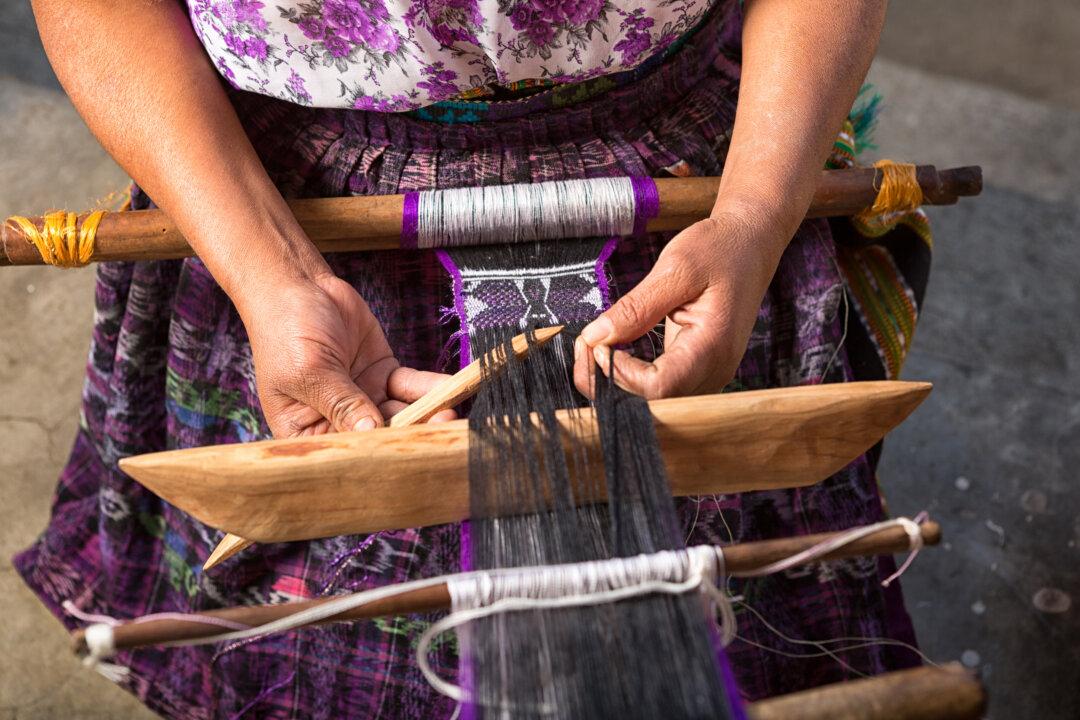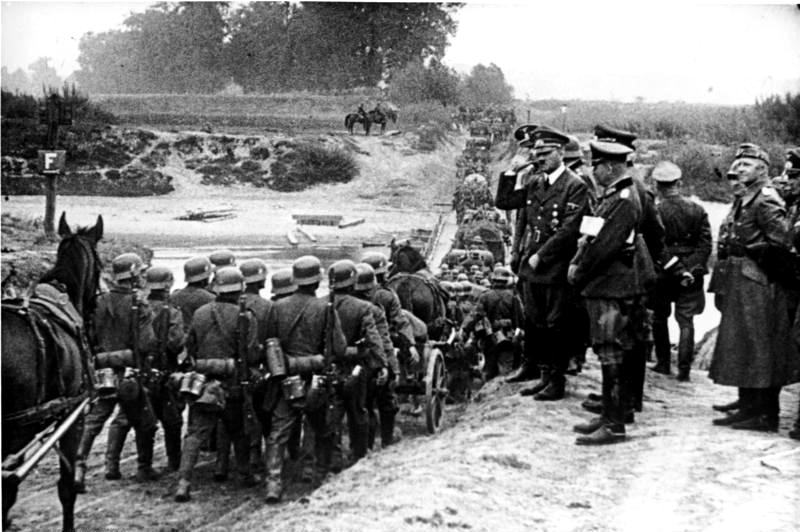The late afternoon sun is a ball of fire, sprinkling sequins of gold into the indigo water of Lake Atitlan in the heart of Guatemala’s Western highlands. It’s a gorgeous February day and the temperature is a perfect 55 degrees Fahrenheit.
I’m here to dip my toes (metaphorically speaking) into the depths of the vibrant indigenous Maya-Spanish culture and for a taste of day-to-day life in this vividly colorful country.






